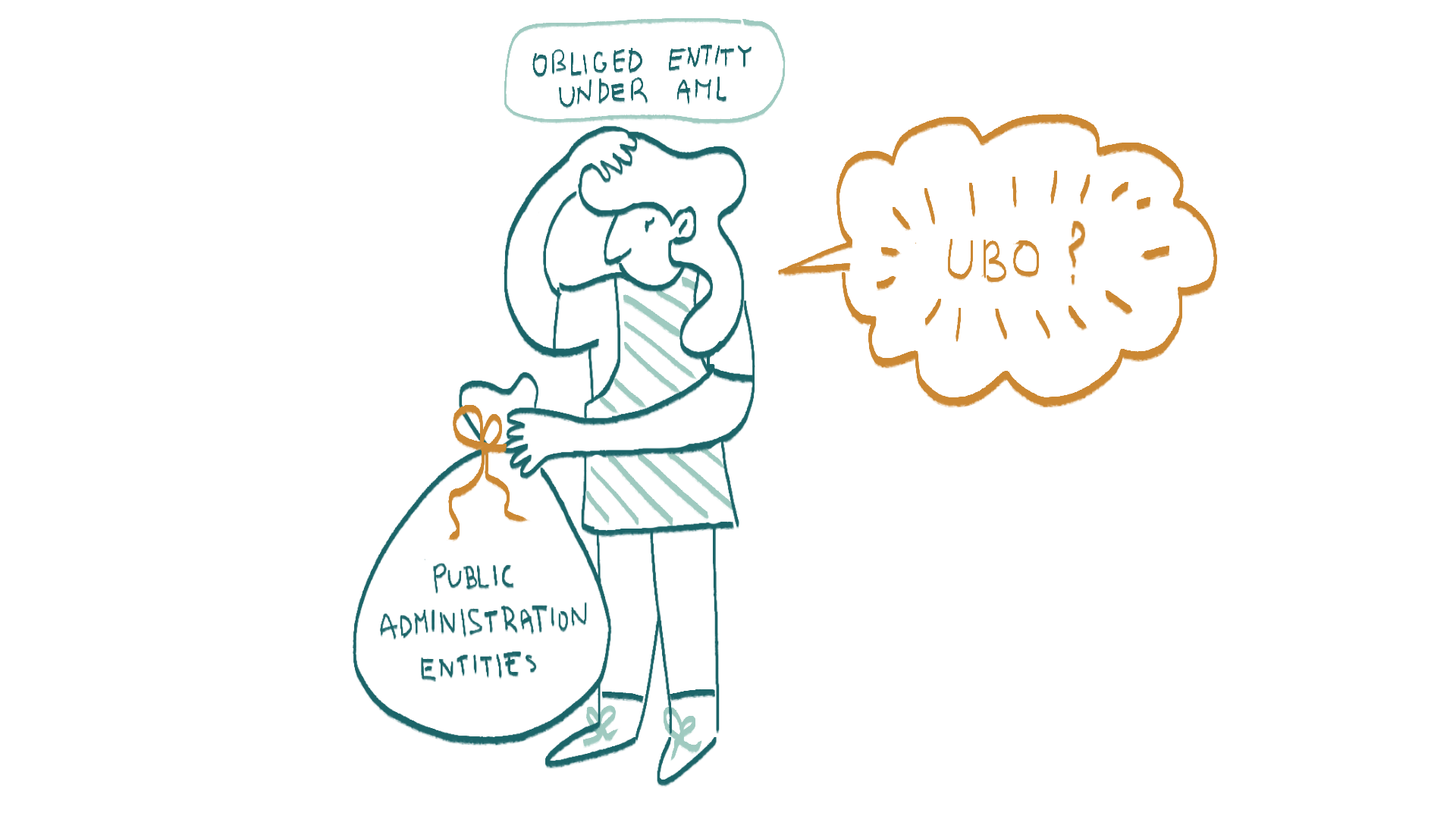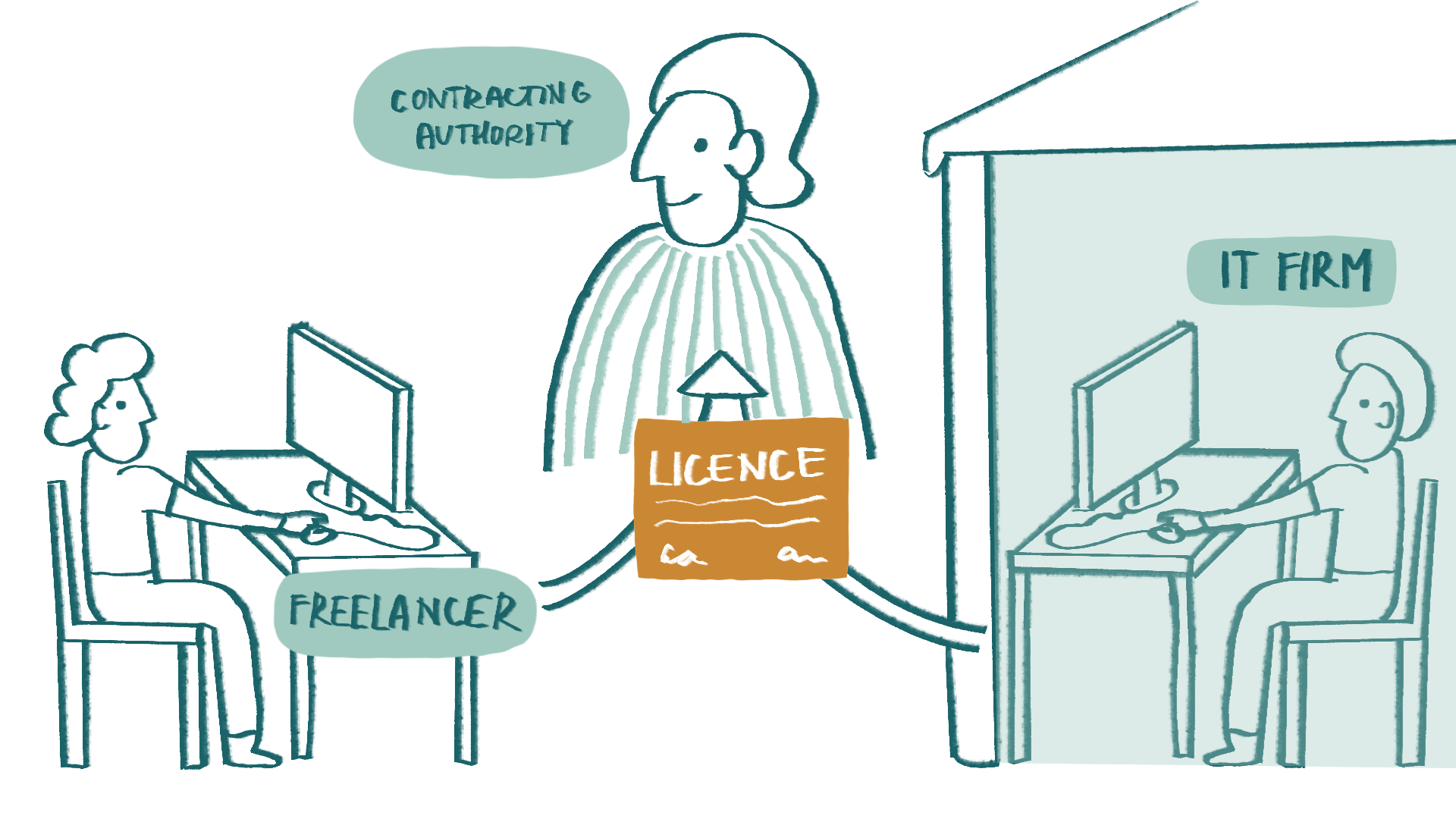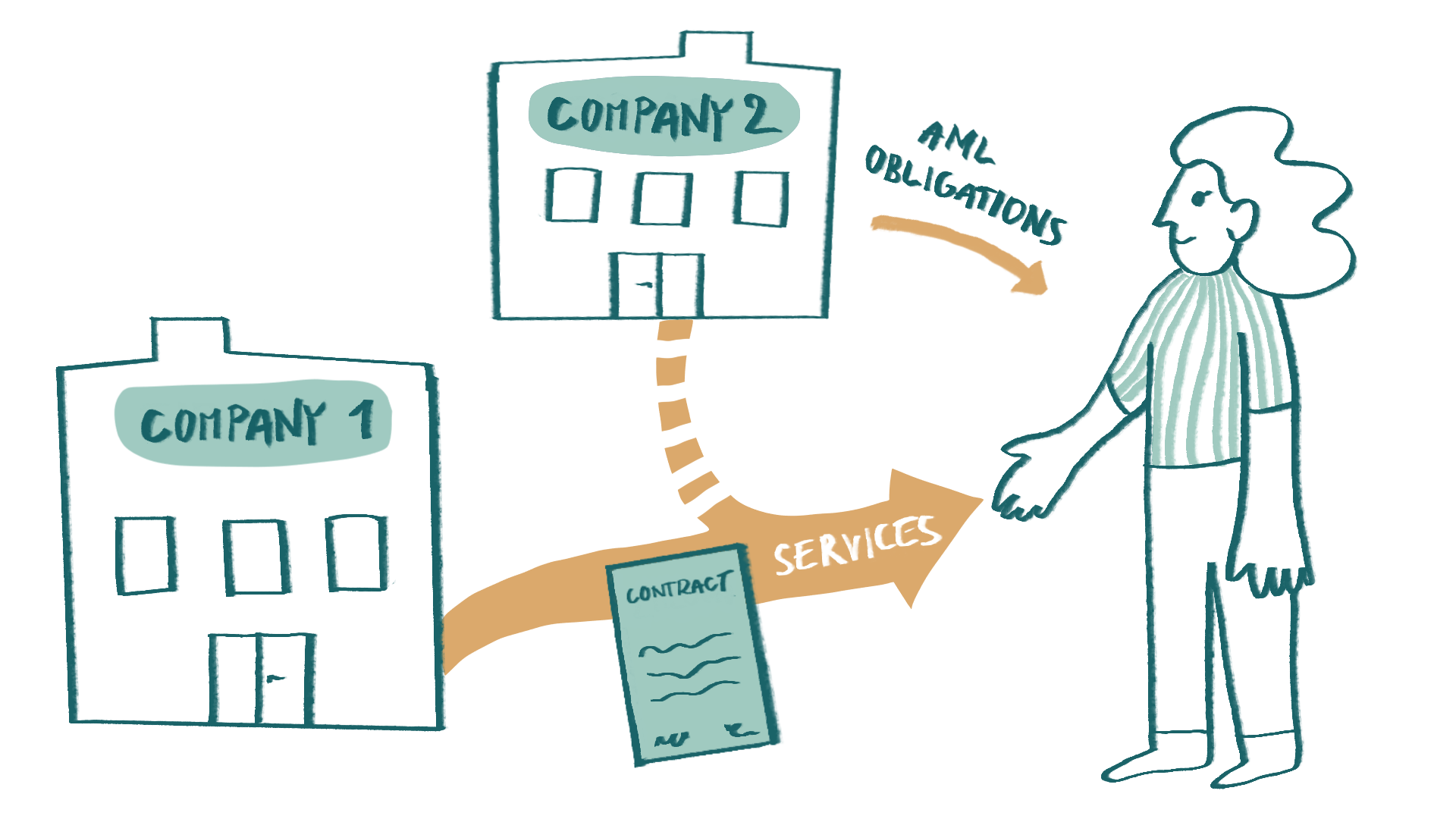Our company is considered an obliged entity under the Slovak AML Act (Act No. 297/2008 Coll.). Our clients include public administration entities, such as ministries, higher territorial units, and municipalities. The AML Act stipulates that for public administration entities, simplified due diligence is sufficient. What does this mean in practice? Representatives of clients we consider public administration entities are reluctant to provide personal identification documents and are often not personally present when the contract is concluded. Employees of public administration entities also refuse to fill out our standard questionnaires, which include information necessary for identifying ultimate beneficial owners and politically exposed persons. What is the correct procedure for simplified due diligence concerning public administration entities, and who is considered to be a public administration entity?
First, let’s explain what due diligence means under the Slovak AML Act (Act No. 297/2008 Coll. on Protection Against Money Laundering and Terrorist Financing). The purpose of this act is to ensure protection against money laundering and terrorist financing. One of the primary tools for achieving this goal is the strict application of the “know your client” principle. The purpose of due diligence is to gain knowledge about the client. Obliged entities under the AML Act must perform basic, simplified, or enhanced due diligence to assess whether their clients engage in unusual business operations that might pose a risk of money laundering or terrorist financing. In basic due diligence as defined by the AML Act, the process includes identifying the client, verifying their identification, identifying the client’s ultimate beneficial owner, determining whether the client or its beneficial owner is a politically exposed person or subject to sanctions, gathering information about the client’s business and transactions, determining the origin of the client’s assets or funds, monitoring the client’s transactions, and ensuring they are consistent with the client’s declared activities.
In simplified due diligence, as defined by the AML Act, most of these activities are not required. According to Section 11(3) of the AML Act, an obliged entity performing simplified due diligence must: “identify the client and verify whether there is a suspicion, based on the information available about the client or the transaction, that the client is preparing or conducting an unusual business operation, and whether simplified due diligence is appropriate.” The specific cases where simplified due diligence can be performed are outlined in Section 11(1) and (2) of the AML Act. Specifically, Section 11(1)(e) stipulates that simplified due diligence can be performed for clients who are public administration entities if there is a low risk of money laundering or terrorist financing.
The AML Act does not specifically define who falls under public administration entities, nor is there any other law that would precisely define which entities are public administration entities. However, a helpful reference that we believe could be used for this purpose is the list of public administration entities published and regularly updated by the Slovak Statistical Office. This list is based on the European ESA 2010 methodology derived from EU Regulation No. 549/2013 on the European System of National and Regional Accounts in the European Union. According to this list, public administration entities include municipalities, higher territorial units, ministries, schools, courts, various budgetary organizations, and entities established by law. The list is quite long, and you may be surprised to find out which entities are considered public administration entities. Currently it includes 8,286 entities.
Simplified due diligence is applicable to specific types of entities listed in Section 11(1) of the AML Act and specific types of transactions listed in Section 11(2), but in addition to that a general criterion of low risk of money laundering or terrorist financing must also be met. This criterion will likely be met in most cases involving public administration entities. We have not found any general example of transactions conducted by higher territorial units, ministries, or public universities that could be considered risky from the money laundering or terrorist financing point of view. Therefore, we believe that, generally, public administration entities can be assumed to have a low risk of money laundering and terrorist financing. However, it is still necessary to assess whether a specific transaction conducted by such an entity is unusual.
When defining the specific actions an obliged entity must take for simplified due diligence with respect to public administration entities, reference should be made to Section 11(3) of the AML Act. This provision stipulates that two essential actions are required. The first action is client identification. According to Section 7 of the AML Act, identification involves obtaining basic identification details of the individual (name, surname, personal identification number, permanent residence address, nationality, type and number of identity document) and the legal entity (name, registered office, identification number, registration details). For legal entities it is also necessary to collect the basic identification details of the person authorized to act on behalf of the legal entity. The second action in simplified due diligence is to verify whether there is a suspicion that the client is preparing or conducting an unusual business operation. If such suspicion exists, simplified due diligence cannot be performed.
In practical terms, this means that for clients who are public administration entities (which can be identified from the public list maintained by the Statistical Office), it is sufficient to identify the clients by obtaining their identification details. How you achieve this is up to you; from our perspective, having employees of the public administration entity fill out a questionnaire is entirely appropriate. Additionally, you need to verify that there is no suspicion of an unusual business operation. How this verification is conducted cannot be generalized; it always depends on the specific circumstances of the case. We advise that the key factor is normality – if it seems that the transaction conducted by the public administration entity deviates from the usual framework, address it. Ask questions or investigate the reasons and document the results of your investigation so that you can demonstrate that you have fulfilled your obligations under the AML Act, i.e., you have considered the specific circumstances.
The fact that nothing else is required in simplified due diligence besides the above (identification and ruling out suspicion of an unusual business operation) is also confirmed by the guidance issued by the Financial Intelligence Unit, which can be found on their website. Although this guidance primarily addresses another issue related to obliged entities that are insurance companies, the key point is that in Part II of this guidance, it is stated that for simplified due diligence, the obliged entity is obliged “…only to obtain the client’s identification details according to Section 7 of the Act and is not required to conduct due diligence concerning the client as stipulated in Section 10(1)(a)-(j) of the Act, meaning it is not required to, for example, verify the client’s identification in the manner specified in Section 8 of the Act, identify the ultimate beneficial owner, etc.”
In conclusion, for public administration entities, you do not need to verify identification, identify politically exposed persons, or determine the ultimate beneficial owner (which should generally be the state). You can either modify the questionnaires intended for public administration entities (or other cases where simplified due diligence is performed) or include a note such as “not applicable, since this is a public administration entity” for the items not applicable in simplified due diligence.

































